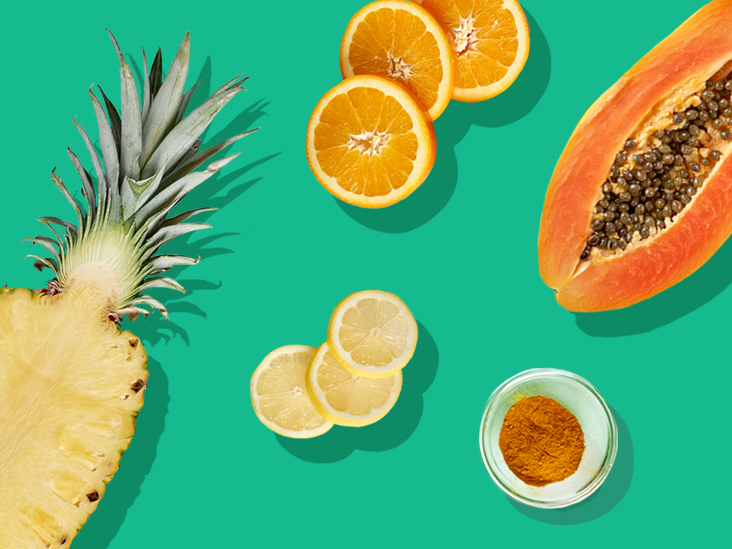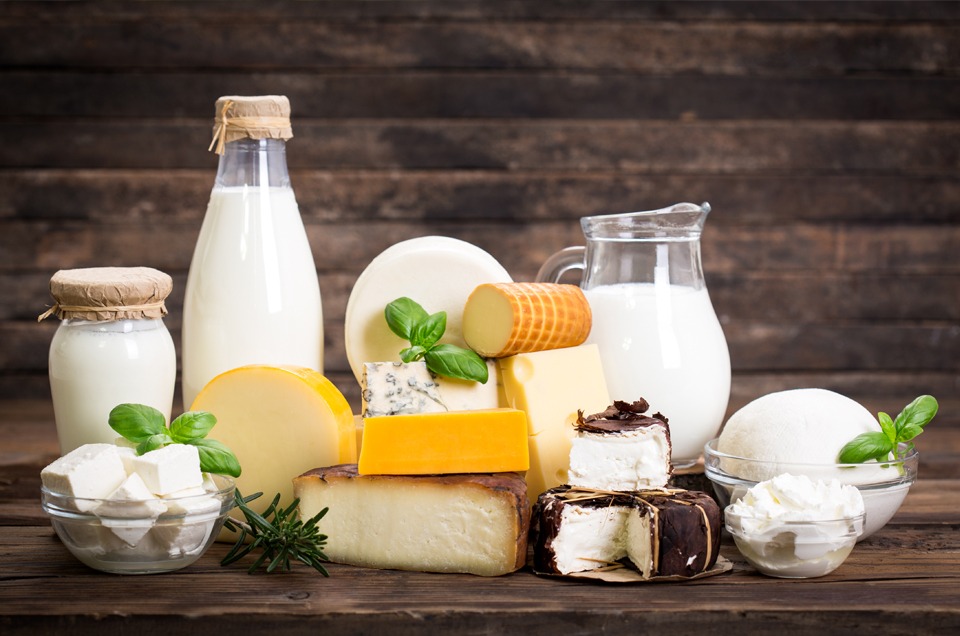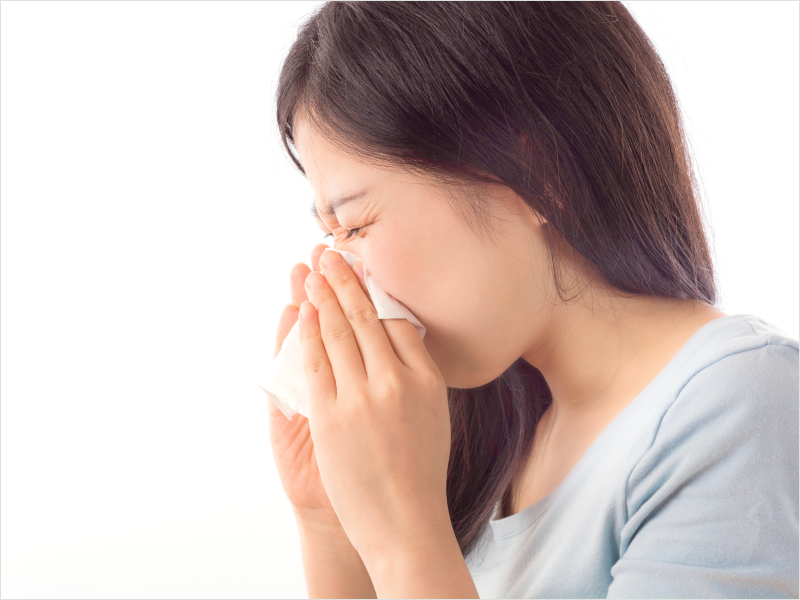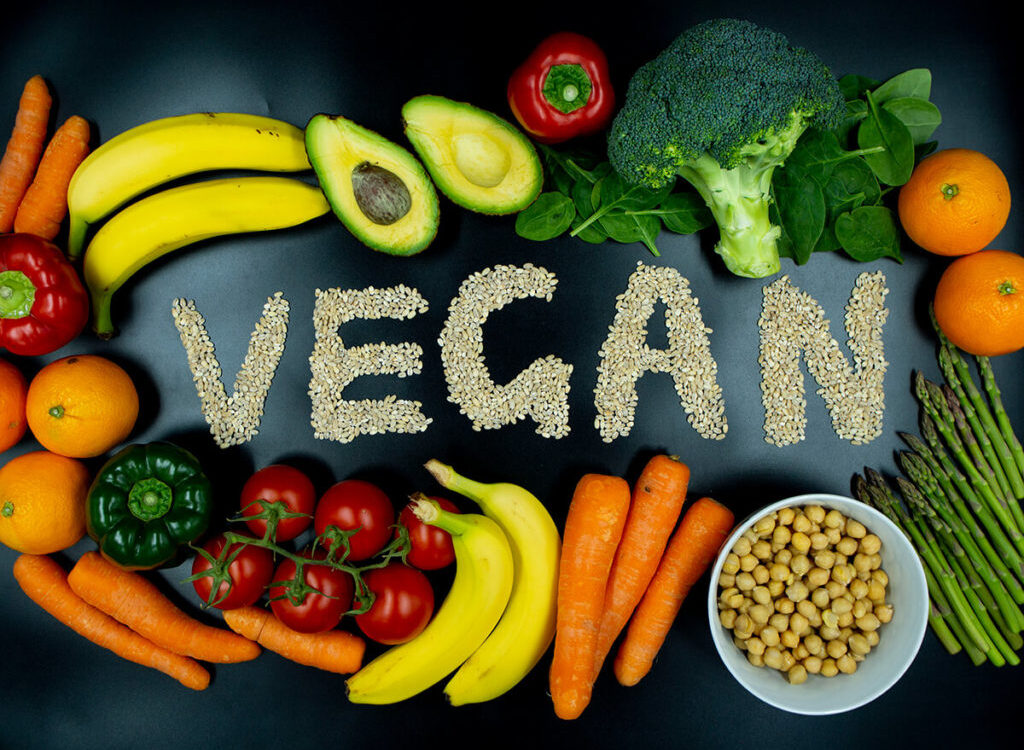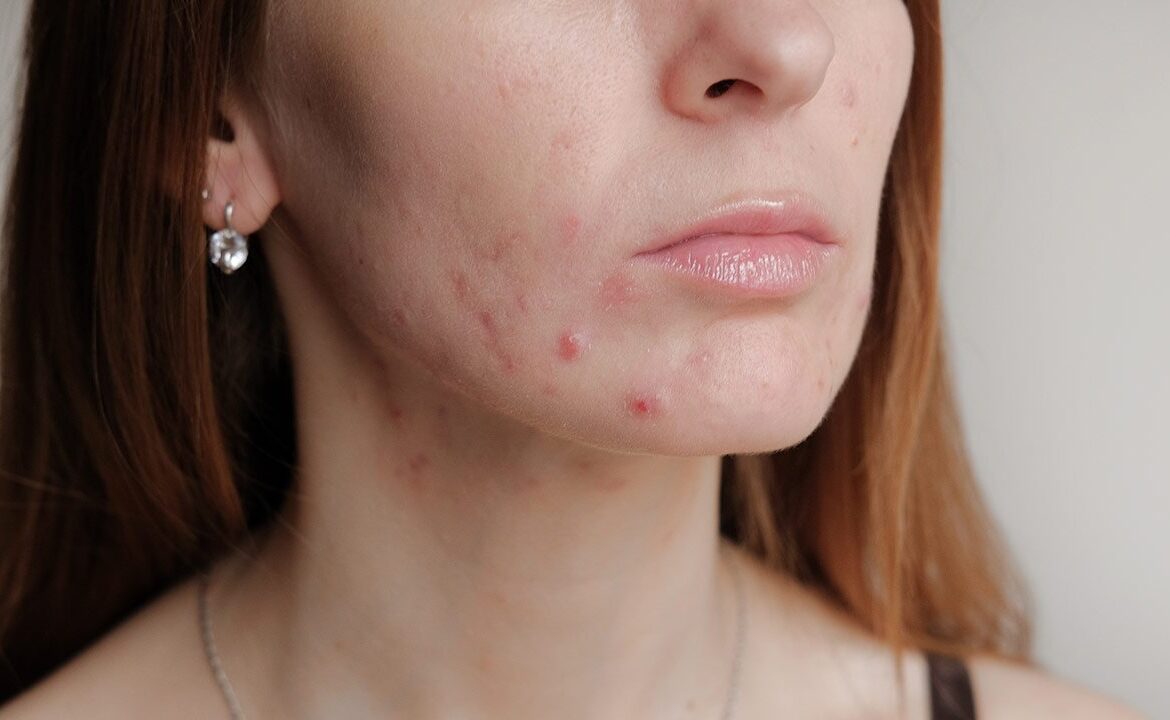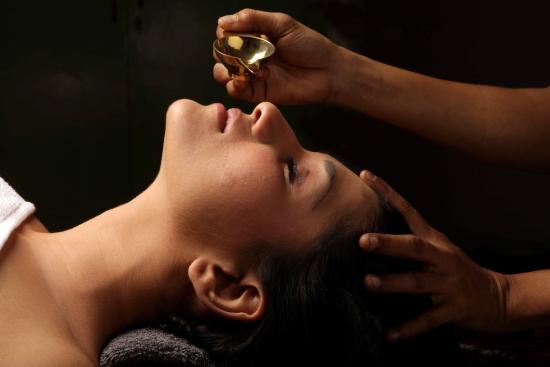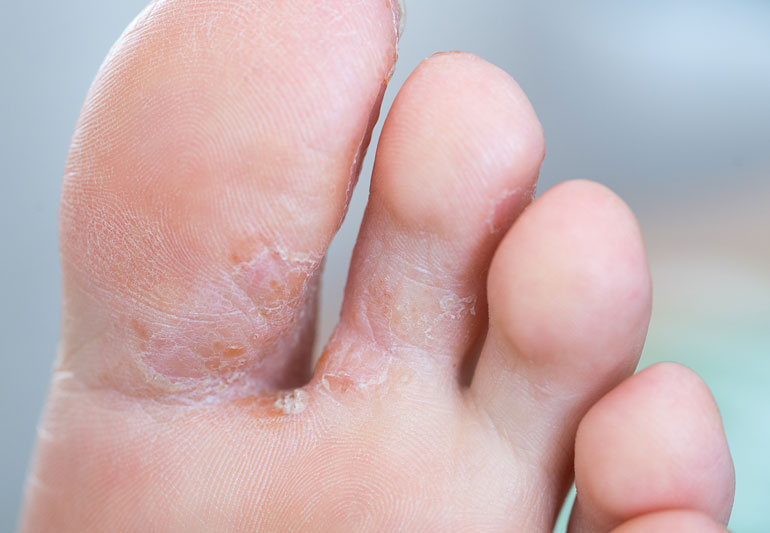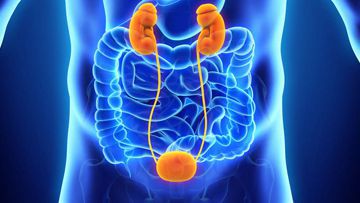Many women do not eat unhealthy and oily, yet there is the problem of bloating. Shouldn’t you know why this happens?
Table of Contents
Bloating problem
Some women have problems with bloating by eating unhealthy and oily. Yes, this is possible after eating out for a week. But many women have the problem of bloating even without eating all these things. Shouldn’t you know why this happens? If yes, then let us tell you why this happens.
Many women also have bloating problems with everyday foods. Yes, high fructose (natural sugars) and fiber content cause bloating in many women. Apart from this, they also have the problem of bloating with things like gluten. If you are troubled by the problem of bloating and want to avoid it, then avoid eating these 12 foods too much from today.
Apple
You might not believe that bloating can cause problems with apples as well. But it is true, many women have problems with bloating by eating more apples. Although apple is considered very famous and healthy fruit, but it contains high amount of fructose and fiber. And both of these components can cause bloating. To avoid this problem, you should replace apples with other fruits like bananas, blueberries, grapes, oranges, or strawberries.
Curd
Due to low fat and no sugar, many women have problems of bloating by eating curd. So avoid eating plain yogurt. Many dairy products can also cause bloating, and if you continue to have this problem, you should make sure that you do not have lactose intolerance. If you are, then you should avoid taking more of the dairy product. Homemade nut milk may be good for you.
Garlic
Yes, you use raw garlic a lot to make food tasty. But due to raw garlic also you may have the problem of bloating. You should use properly cooked garlic instead of raw garlic. Alternatively, you can use chives instead of garlic to taste.
Grains
Due to wheat, rye and barley, the problem of bloating makes many women very upset. They are very high in fiber as well as gluten. And if you eat too much of it, it can cause stomach upset. If you also have problems with these grains, then you can replace grains like oats, brown rice, quinoa and buckwheat.
Watermelon
Everyone’s favorite fruit in summer, watermelon, can also be the cause of bloating in many women. You might not believe it, but it is true that watermelon is rich in fructose which can cause inflammation. You can substitute bananas, blueberries, grapes, orange, or strawberries instead of watermelon.
Dried fruit
Dried fruits also contain a lot of fructose and it causes a lot of women to overeat. Therefore, you can take citrus fruits and berries instead. Because it contains very little fructose content.
Onion
Like garlic, onion can cause bloating. Therefore, cook small quantity of onion instead of raw and use it well. If possible, you can use spices or herbs like asafoetida and a green portion of spring onion instead of onion to increase the taste.
Beans
Probably most women are aware of the problem of bloating with beans. Although beans contain many healthy proteins and carbs, they also have high fiber content and may cause problems for many women. Instead of eating beans, you can take light-colored lentils. Fiber is usually low but must be soaked before eating.
Lentils
Lentils contain a high amount of fiber as well as indigestible sugars that increase bloating. But if you have to take it too, then for some time, soak it in cold water by adding lemon juice or vinegar and use it. This reduces the problem of bloating.
Broccoli
Other coniferous vegetables such as broccoli, cauliflower, cabbage, and Brussels sprouts are thought to cause bloating. You can substitute spinach, cucumber, lettuce, sweet potato or zucchini.
Carbonated drinks
You can also have bloating problems with all types of fizzy drinks. Therefore, it is better to keep distance from it. And you can replace it with healthier options like water and fresh fruit juice.
Beer
It is the main cause of inflammation, with grain being the main ingredient in beer. If you take it and want to avoid bloating, then you can replace it with red or white wine.
Keeping these things in mind, you can easily avoid bloated stomach.


